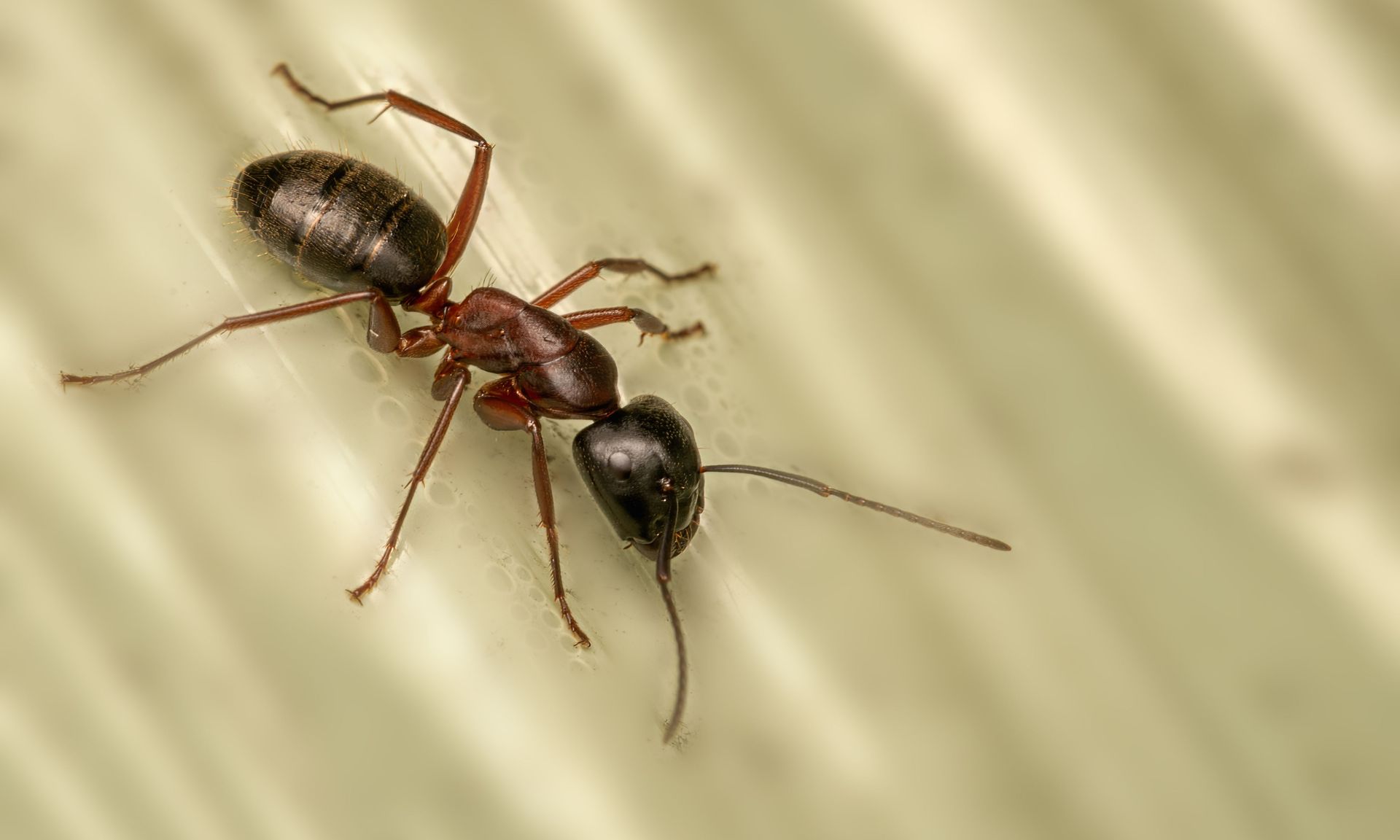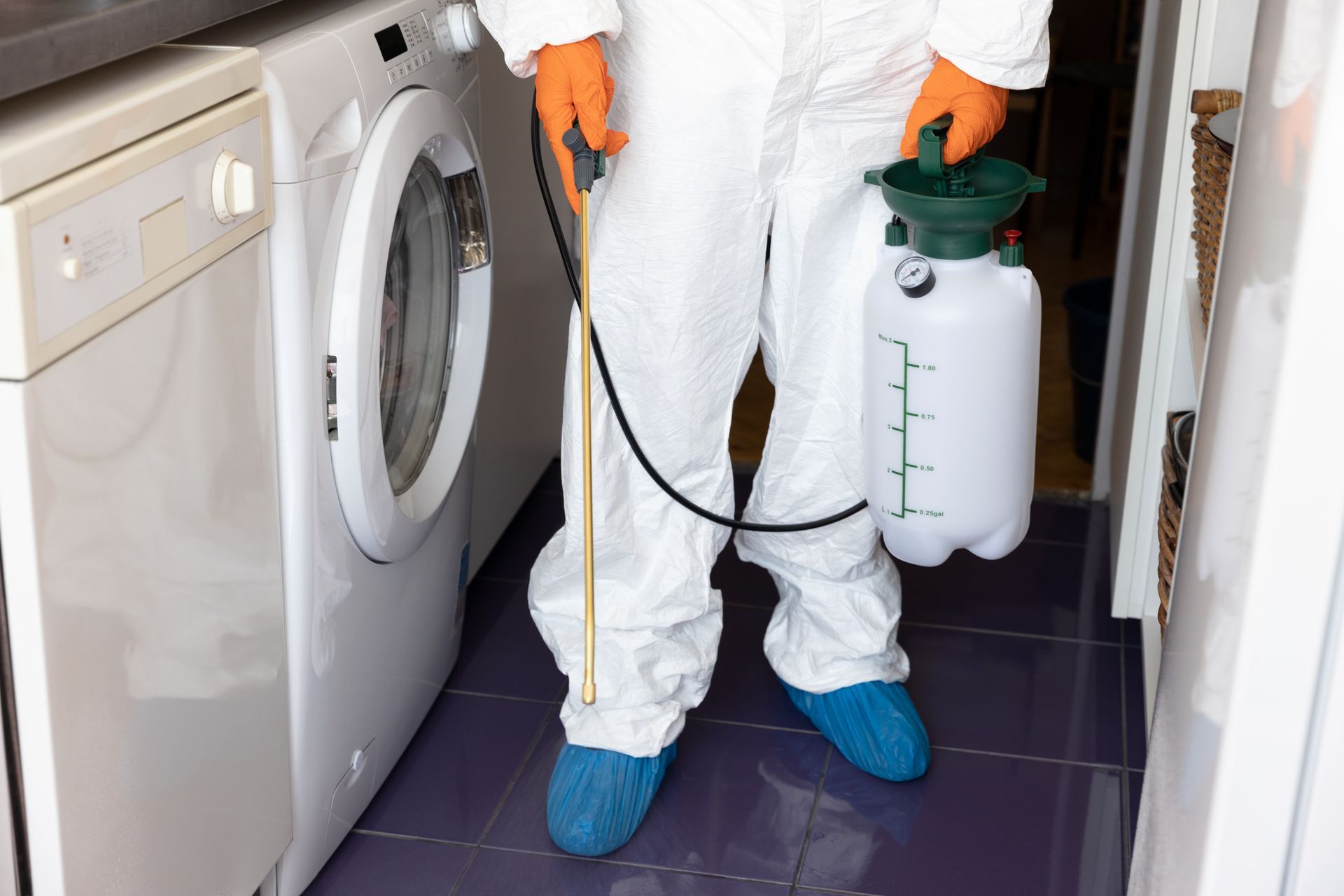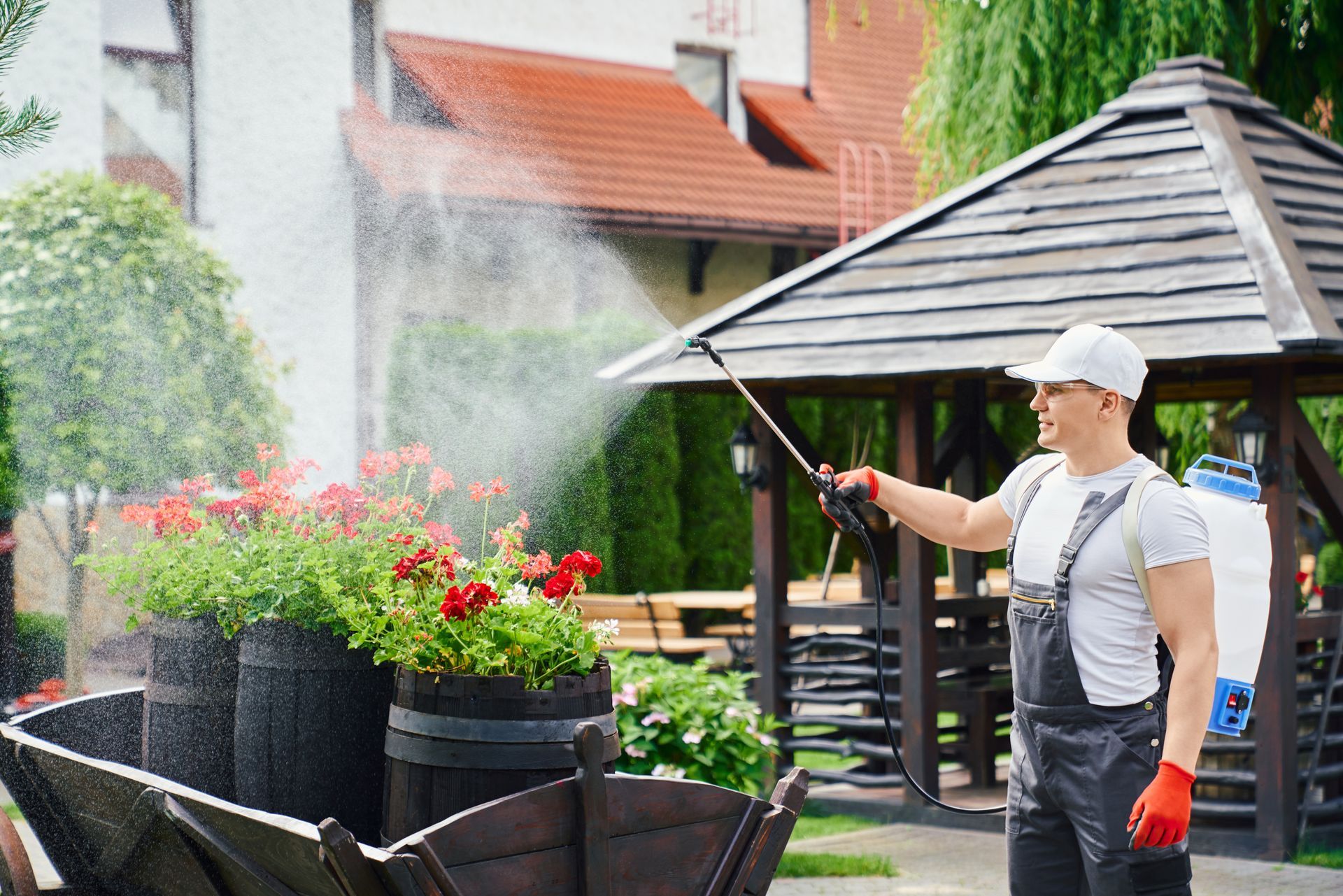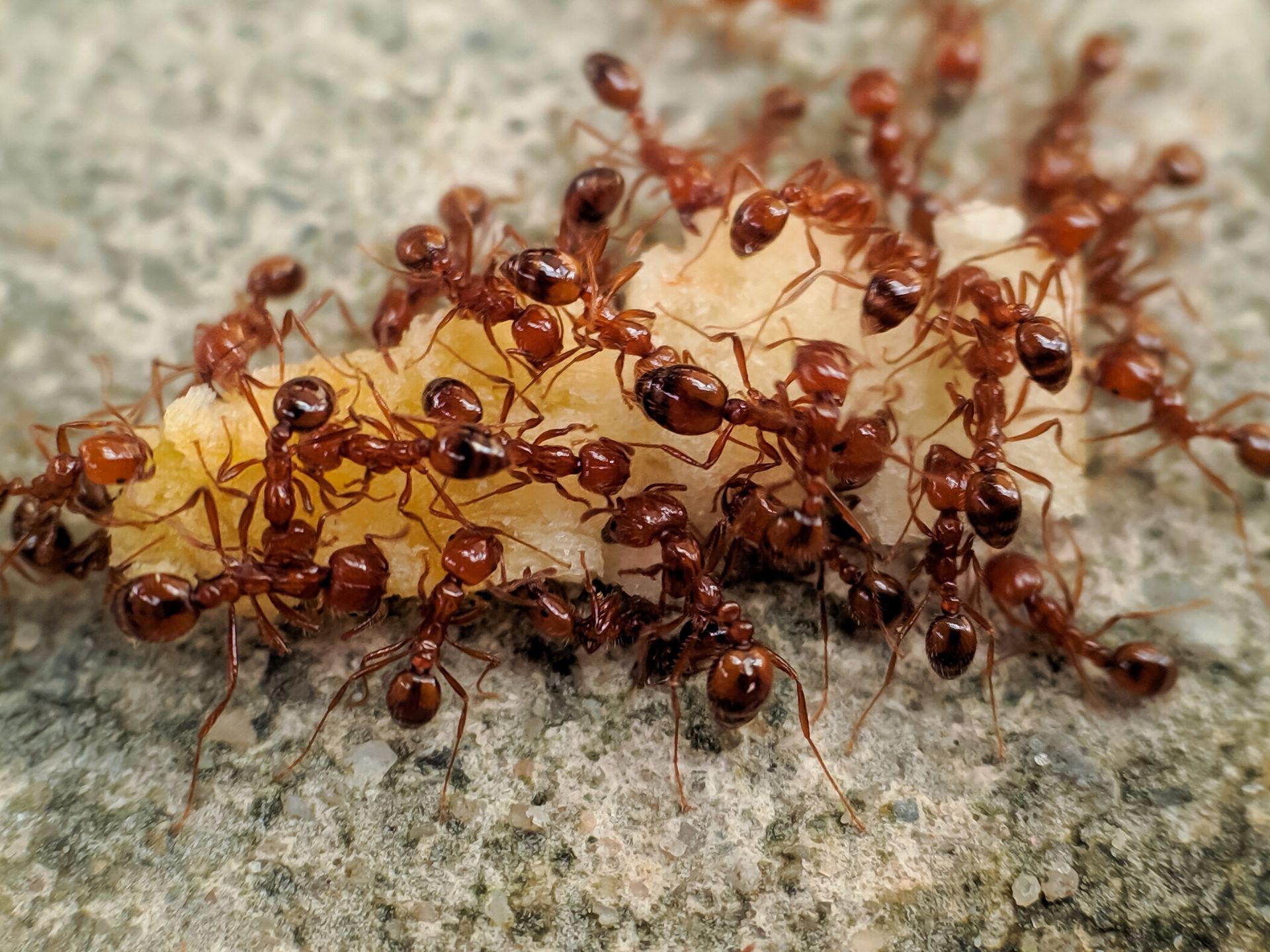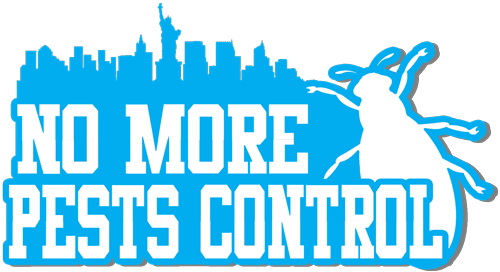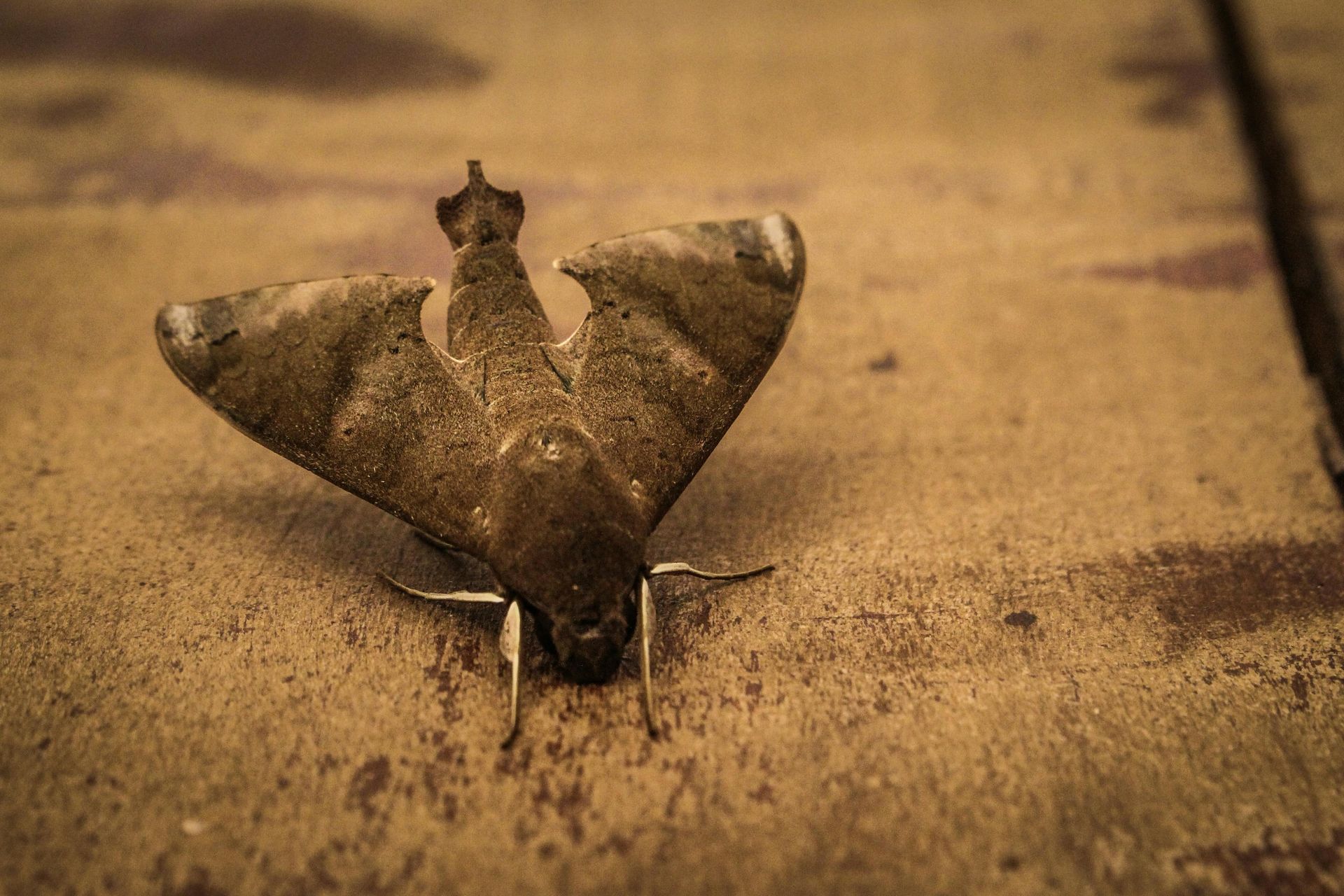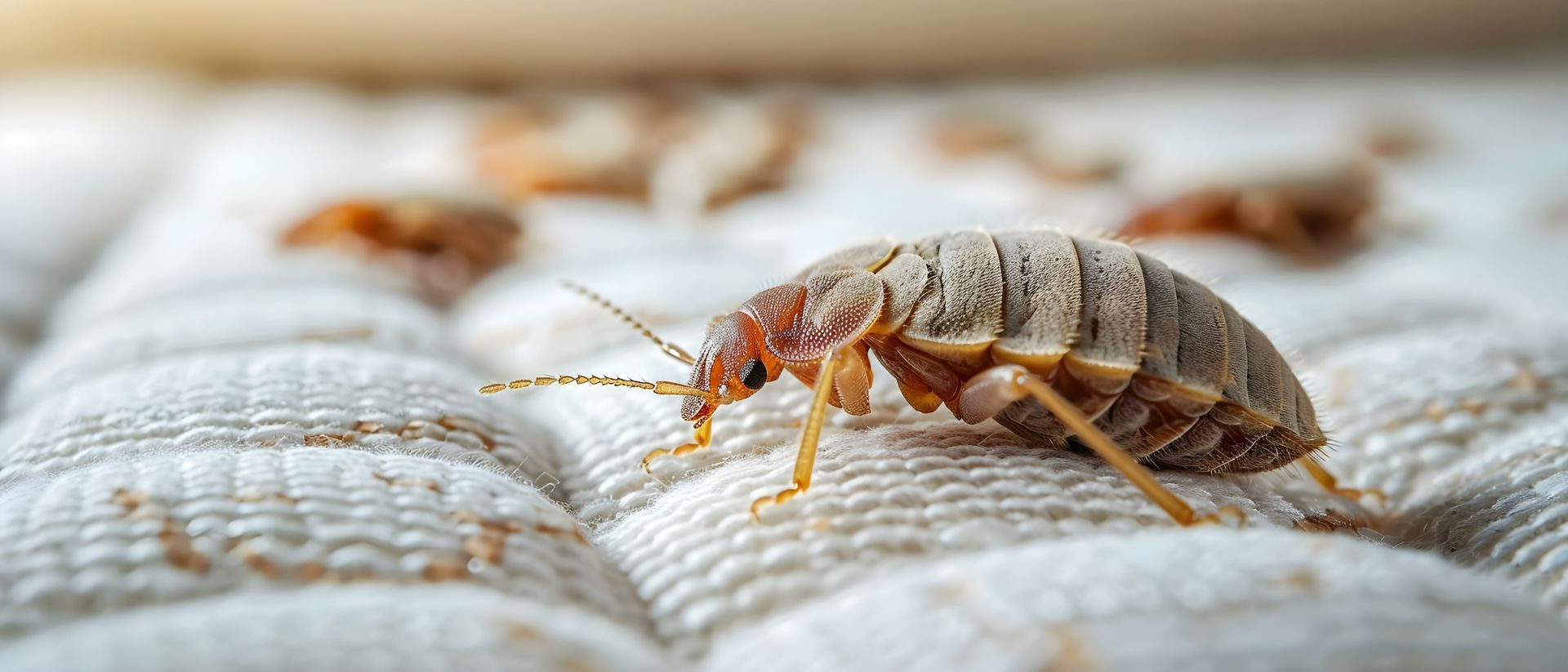How to Safely Identify and Remove Bee Nests
Bees play an essential role in our ecosystem, but when they nest in or near your home, they can become a significant nuisance or even a hazard. Identifying and removing bee nests safely is crucial for both your safety and the well-being of the bees. This comprehensive guide will help you understand how to identify bee nests, the best practices for safe removal, and when to call a professional.
Why Identifying and Removing Bee Nests Safely is Important
Proper identification and removal of bee nests are critical for several reasons:
- Safety: Bee stings can cause severe allergic reactions and pain. Handling nests improperly can provoke bees, increasing the risk of stings.
- Effectiveness: Safe removal ensures that the nest is effectively removed, reducing the risk of bees returning.
- Environmental Concerns: Bees are crucial pollinators. Removing nests responsibly helps preserve their role in the ecosystem.
How to Identify Bee Nests
Identifying bee nests accurately is the first step in effective removal. Here’s how to do it:
Visual Indicators
- Increased Bee Activity: Noticeable increases in bee activity around a specific area, such as near entry points or in your yard, can indicate a nest.
- Buzzing Sounds: A constant buzzing noise near your home can be a sign of an active bee nest.
- Visible Nests: In some cases, nests can be seen directly, such as those in eaves or wall cavities.
Common Nest Locations
- Eaves and Soffits: Bees often build nests in the sheltered areas of your home’s exterior, such as under eaves or in soffits.
- Wall Cavities: Nests can also be found inside wall cavities, especially if there are gaps or cracks.
- Attics and Basements: These less-frequented areas are common nesting sites for bees.
- Ground Nests: Some bee species, like ground-nesting bees, create nests in soil or grassy areas.
Types of Bees and Their Nests
- Honey Bees: Typically build hives in hollow trees, wall cavities, or beehives. They produce a large, complex nest with honeycomb structures.
- Bumble Bees: Often nest in the ground or in abandoned rodent burrows. Their nests are smaller and more irregular.
- Carpenter Bees: Bore holes into wood to create their nests. They often leave behind holes and sawdust around their nesting sites.
Steps for Safe Bee Nest Removal
If you decide to remove a bee nest yourself, follow these steps to ensure safety:
Preparation
- Protective Gear: Wear protective clothing, including a bee suit, gloves, and a veil. This minimizes the risk of stings.
- Choose the Right Time: Early morning or late evening are the best times for removal, as bees are less active.
- Gather Tools: Have a bee-safe insecticide or removal product, a ladder (if needed), and a container for the nest.
Removal Process
- Locate the Nest: Use the visual indicators mentioned earlier to pinpoint the exact location of the nest.
- Apply Insecticide: If using an insecticide, carefully apply it to the nest following the manufacturer’s instructions. Ensure you are at a safe distance.
- Remove the Nest: Once the bees are neutralized, carefully remove the nest using a tool or by hand, depending on its location and size.
- Seal Entry Points: After removal, seal any cracks or gaps where bees might have entered to prevent future infestations.
Post-Removal Precautions
- Dispose of the Nest: Properly dispose of the nest and any dead bees to avoid attracting other pests.
- Monitor the Area: Keep an eye on the area for any signs of returning bees or other issues.
- Clean Up: Clean the area thoroughly to remove any residue from the insecticide and to ensure no remnants of the nest remain.
When to Call a Professional
While DIY removal can be effective, there are situations where professional help is recommended:
- Large or Aggressive Nests: Large nests or aggressive bee species require professional handling to ensure safe removal.
- Nests in Hard-to-Reach Areas: Nests in difficult or dangerous locations, such as high up or inside walls, are best managed by experts.
- Allergic Reactions: If you or someone in your household is allergic to bee stings, avoid attempting removal yourself.
- Ongoing Problems: Persistent bee issues that you cannot control should be addressed by a professional to prevent further infestations.
Trust No More Pests Control, LLC for Expert Bee Removal in Queens, NY
If you’re dealing with a bee infestation or need professional assistance with bee nest removal,
No More Pests Control, LLC is here to help. Serving Queens, NY, we offer expert
bee pest control services and handle all types of pest issues with precision and care. Call us today at
(347) 901-8143 for a thorough inspection and safe bee removal. We also offer
ant control,
cockroach control,
bed bug control,
moth control, and more. Trust our experienced team to protect your home from unwanted pests!
FAQs
How can I tell if I have a bee nest in my home?
Look for increased bee activity around specific areas, buzzing sounds, visible nests, and signs of damage. Common nest locations include eaves, wall cavities, and attics.
Is it safe to remove a bee nest myself?
Removal can be safe if done with proper protective gear and at the right time. However, for large or aggressive nests, or if you have allergies, it’s best to call a professional.
What are the best times to remove a bee nest?
Early morning or late evening are the best times, as bees are less active and more likely to be inside the nest.
How can I prevent bees from nesting around my home?
Seal entry points, remove potential attractants like food sources, and maintain your property to discourage bees from nesting.
What should I do if I get stung by a bee?
Remove the stinger if present, clean the area, apply a cold compress, and take antihistamines if needed. Seek medical attention if you have a severe allergic reaction.


